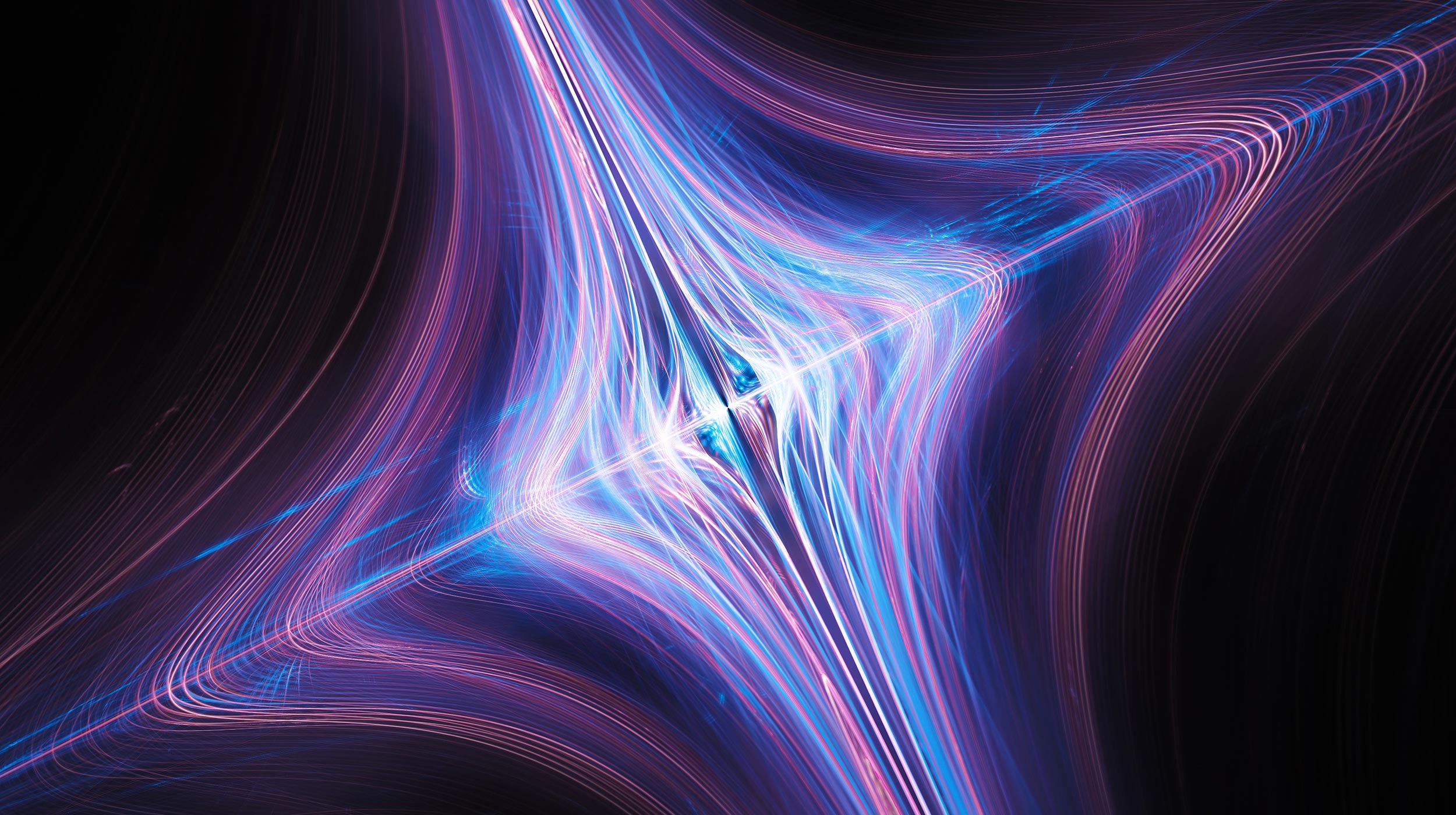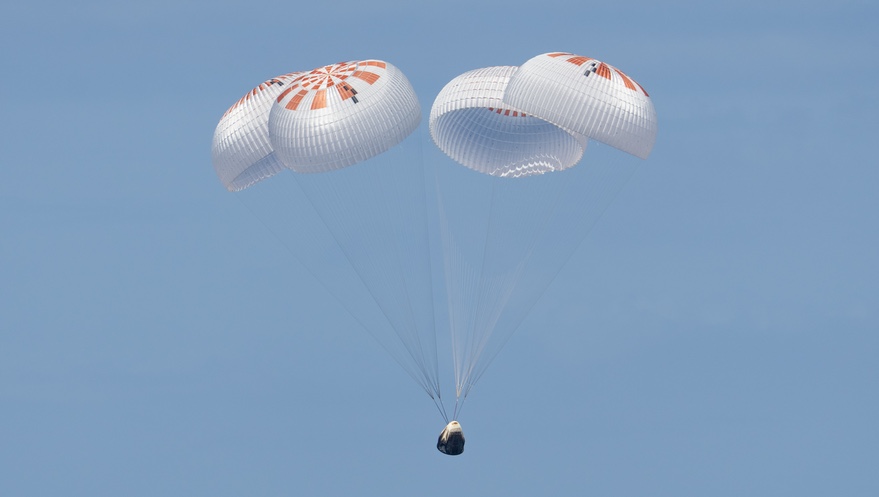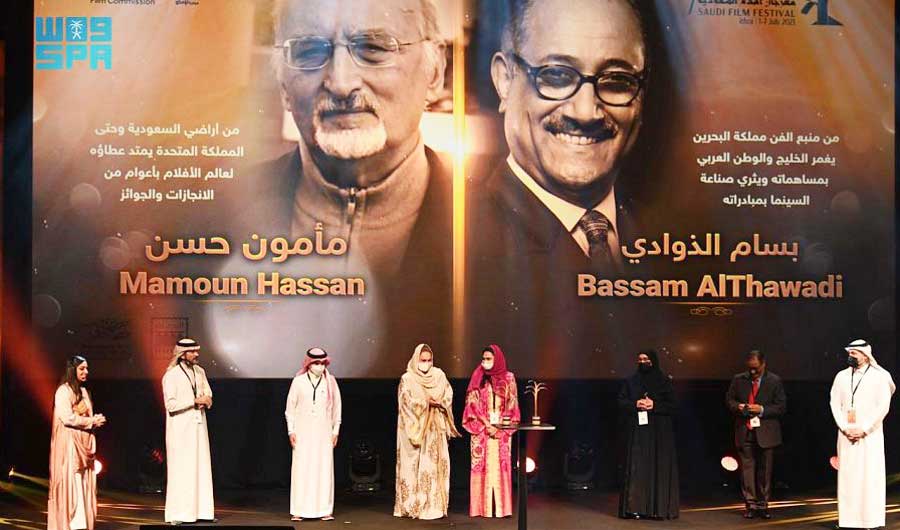أجرى العلماء تجربة توضح الانعكاس الزمني للموجات الكهرومغناطيسية ، والتي لها آثار محتملة على الاتصالات اللاسلكية والحوسبة الضوئية.
يضع هذا الاكتشاف الأسس للتطبيقات الثورية في الاتصالات اللاسلكية والحوسبة الضوئية.
عندما ننظر في المرآة ، تعودنا رؤية وجوهنا تنظر إلينا مرة أخرى. يتم إنتاج الصور المنعكسة عن طريق موجات الضوء الكهرومغناطيسية التي ترتد عن سطح المرآة ، مما يخلق ظاهرة شائعة تسمى الانعكاس المكاني. وبالمثل ، فإن الانعكاسات المكانية للموجات الصوتية تشكل أصداء تحمل كلماتنا إلينا بنفس الترتيب الذي تحدثنا به.
افترض العلماء لأكثر من ستة عقود إمكانية ملاحظة شكل مختلف من انعكاسات الموجة ، والمعروف باسم زمني، أو وقت، خواطر. على عكس الانعكاسات المكانية ، التي تنشأ عندما يصطدم الضوء أو الموجات الصوتية بحدود مثل المرآة أو الجدار في مكان معين في الفضاء ، تظهر الانعكاسات الزمنية عندما تنتقل الموجة بشكل مفاجئ وتغير خصائصها عبرها. كل المساحة. في مثل هذا الحدث ، يتم عكس الوقت لجزء من الموجة ، ويتم تحويل ترددها إلى تردد جديد.

(أ) الانعكاسات المكانية التقليدية: يرى الشخص وجهه عندما ينظر إلى المرآة ، أو عندما يتكلم ، يعود الصدى بنفس الترتيب. (ب) انعكاسات الوقت: يرى الشخص ظهره عندما ينظر إلى المرآة ، ويرى نفسه بألوان مختلفة. يسمعون أصداءهم بترتيب معكوس ، على غرار شريط إعادة لف. الائتمان: أندريا ألو
حتى الآن ، لم يتم ملاحظة هذه الظاهرة للموجات الكهرومغناطيسية. السبب الأساسي لهذا النقص في الأدلة هو أن الخصائص البصرية للمادة لا يمكن تغييرها بسهولة بالسرعة والحجم اللذين يؤديان إلى انعكاسات الوقت. الآن ، ومع ذلك ، في ورقة منشورة حديثًا في
“This has been really exciting to see, because of how long ago this counterintuitive phenomenon was predicted, and how different time-reflected waves behave compared to space-reflected ones,” said the paper’s corresponding author Andrea Alù, Distinguished Professor of Physics at The City University of New York Graduate Center and founding director of the CUNY ASRC Photonics Initiative. “Using a sophisticated metamaterial design, we were able to realize the conditions to change the material’s properties in time both abruptly and with a large contrast.”
This feat caused a significant portion of the broadband signals traveling in the metamaterial to be instantaneously time reversed and frequency converted. The effect forms a strange echo in which the last part of the signal is reflected first. As a result, if you were to look into a time mirror, your reflection would be flipped, and you would see your back instead of your face. In the acoustic version of this observation, you would hear sound similar to what is emitted during the rewinding of a tape.

Illustration of the experimental platform used to realize time reflections. A control signal (in green) is used to uniformly activate a set of switches distributed along a metal stripline. Upon closing/opening the switches, the electromagnetic impedance of this tailored metamaterial is abruptly decreased/increased, causing a broadband forward-propagating signal (in blue) to be partially time-reflected, (in red) with all its frequencies converted. (Adapted from Nature Physics.) Credit: Andrea Alu
The researchers also demonstrated that the duration of the time-reflected signals was stretched in time due to broadband frequency conversion. As a result, if the light signals were visible to our eyes, all their colors would be abruptly transformed, such that red would become green, orange would turn to blue, and yellow would appear violet.
To achieve their breakthrough, the researchers used engineered metamaterials. They injected broadband signals into a meandered strip of metal that was about 6 meters long, printed on a board and loaded with a dense array of electronic switches connected to reservoir capacitors. All the switches were then triggered at the same time, suddenly and uniformly doubling the impedance along the line. This quick and large change in electromagnetic properties produced a temporal interface, and the measured signals faithfully carried a time-reversed copy of the incoming signals.
The experiment demonstrated that it is possible to realize a time interface, producing efficient time reversal and frequency transformation of broadband electromagnetic waves. Both these operations offer new degrees of freedom for extreme wave control. The achievement can pave the way for exciting applications in wireless communications and for the development of small, low-energy, wave-based computers.
“The key roadblock that prevented time reflections in previous studies was the belief that it would require large amounts of energy to create a temporal interface,” said Gengyu Xu, the paper’s co-first author and a postdoctoral researcher at CUNY ASRC. “It is very difficult to change the properties of a medium quick enough, uniformly, and with enough contrast to time reflect electromagnetic signals because they oscillate very fast. Our idea was to avoid changing the properties of the host material, and instead create a metamaterial in which additional elements can be abruptly added or subtracted through fast switches.”
“The exotic electromagnetic properties of metamaterials have so far been engineered by combining in smart ways many spatial interfaces,” added co-first author Shixiong Yin, a graduate student at CUNY ASRC and at The City College of New York. “Our experiment shows that it is possible to add time interfaces into the mix, extending the degrees of freedom to manipulate waves. We also have been able to create a time version of a resonant cavity, which can be used to realize a new form of filtering technology for electromagnetic signals.”
The introduced metamaterial platform can powerfully combine multiple time interfaces, enabling electromagnetic time crystals and time metamaterials. Combined with tailored spatial interfaces, the discovery offers the potential to open new directions for photonic technologies, and new ways to enhance and manipulate wave-matter interactions.
Reference: “Observation of temporal reflection and broadband frequency translation at photonic time interfaces” by Hady Moussa, Gengyu Xu, Shixiong Yin, Emanuele Galiffi, Younes Ra’di and Andrea Alù, 13 March 2023, Nature Physics.
DOI: 10.1038/s41567-023-01975-y
This research was partially supported by the Air Force Office of Scientific Research and the Simons Foundation.

“هواة الإنترنت المتواضعين بشكل يثير الغضب. مثيري الشغب فخور. عاشق الويب. رجل أعمال. محامي الموسيقى الحائز على جوائز.”





